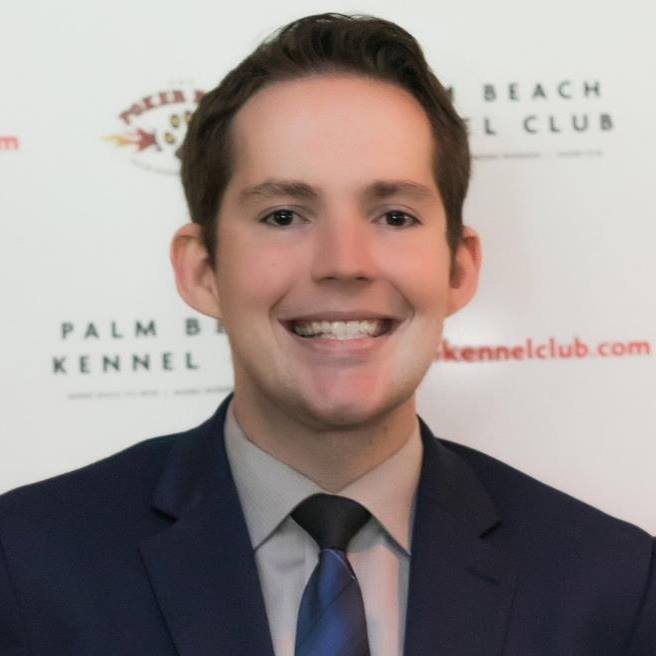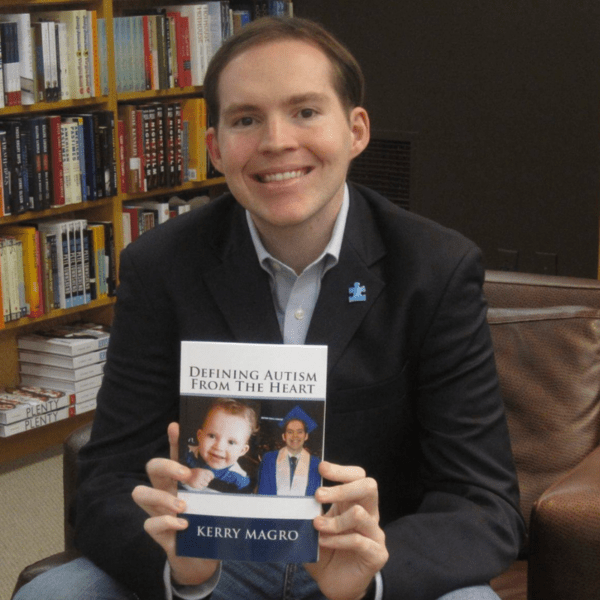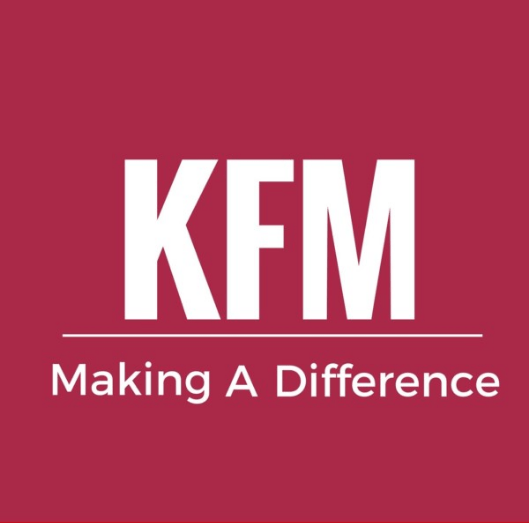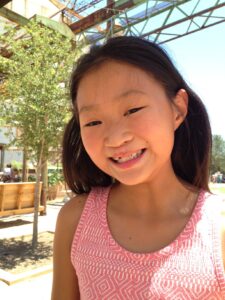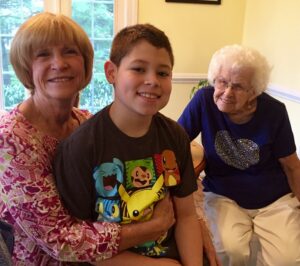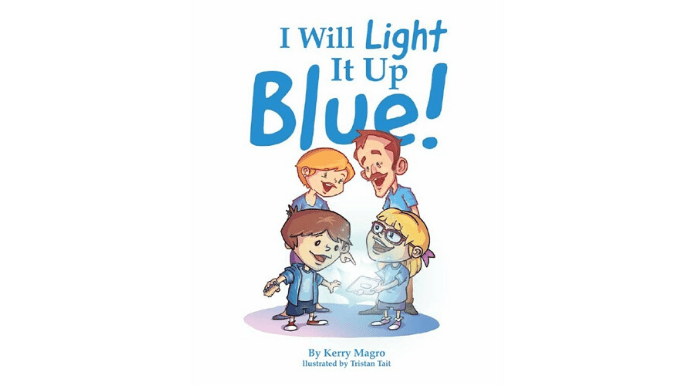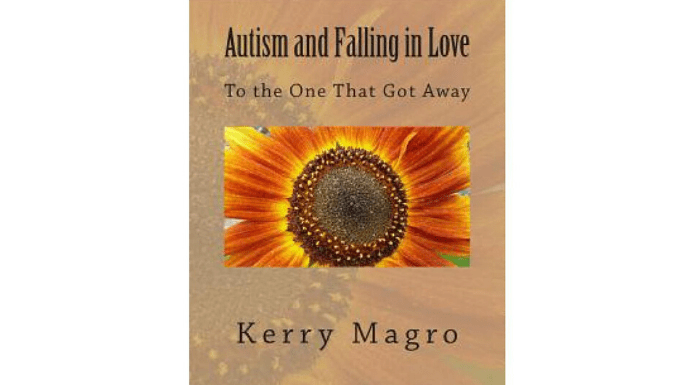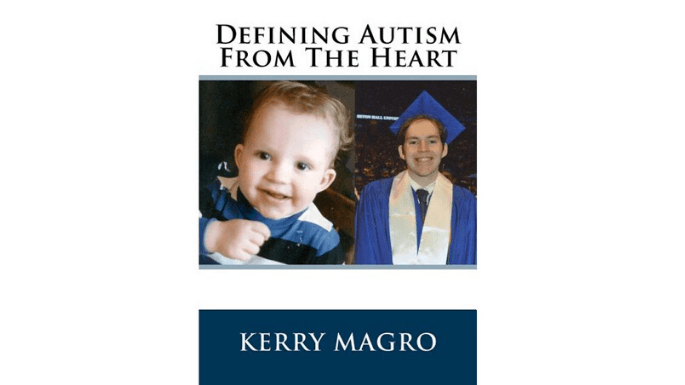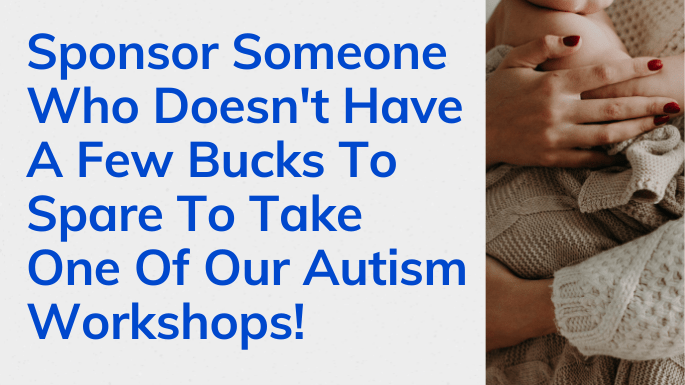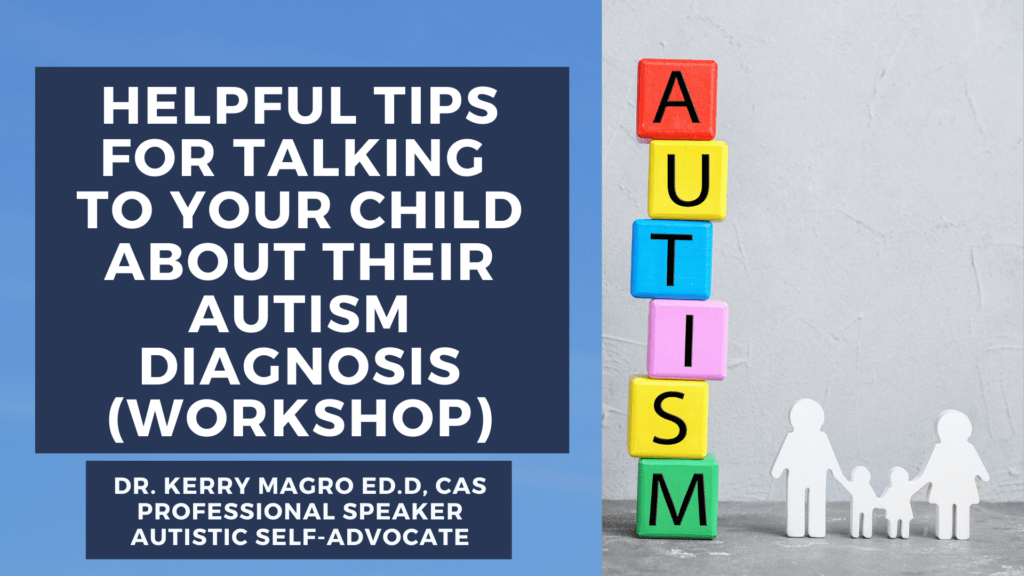A few years ago I received an email from a parent in regards to helping her grandson who has PDD-NOS. Maybe more than any of the other emails I had received before, this question was very detailed asking for several questions regarding topics such as an early diagnosis, therapies, early childhood, how to approach the diagnosis, etc. Even though I’ve helped answer questions before I asked my mom to help assist me in answering her questions.
What I would receive back from my mom was something I didn’t even realize and that was it had been 20 years since I was first diagnosed at 4.
20 years of autism.
It made me realize how much time had actually flew by and of how I got to where I am today. I thought about the milestones I’ve hit: playing for my high school basketball team, being student council president, having a girlfriend, graduating college, becoming a motivational speaker, writing a book, and maybe most importantly…having a voice to be heard. Time slowed down for a bit.
My Mom Wrote to The Woman:
“Looking at Kerry today I wish 20 years ago someone had offered me inspiration and hope that he represents and I can see why anyone would ask the question of how he got to where he is today. His PDD-NOS was severe. Although we did not know what PDD NOS was they mentioned that some children were institutionalized and that’s all I heard.
Kerry was our delightful only child reaching most development (height, weight) milestones except speech until he was 2.5 years old. At 2.5 he started to show extreme signs of sensory integration dysfunction where he was afraid of a wide variety of sensory issues. Wind, rain, water, noises loud and soft were major issues.
There was a time when we could not bathe him – uneven surfaces such as sand and or swings where he couldn’t feel the bottom below him were a problem. He was asked to leave two different pre schools because they couldn’t handle him the later he preferred isolation would not play or participate with other children and had delayed speech, limited pretend play, echophilia, twirling, extreme difficulty with transitions and tantrums. He had fine and gross motor delays. When I dropped him in the morning he would scream he didn’t want to go in and when I picked him up in the afternoon I would have to drag him screaming because he didn’t want to leave. Once home with a caregiver he would scream at the top of the stairs “Go away”.
Kerry was diagnosed first by Hackensack Hospital and then by Doctor Margaret Hertzig, The Director of Pediatric Psychiatry at Cornell. Doctor Hertzig is a world-renowned expert in Autistic and Autism Spectrum Disorders. She saw him as he grew marking improvement she saw. Interestingly to us she reconfirmed Kerry’s diagnosis last year for his accommodations for GRE’s as he started graduate school.
The Kerry you see today is not the Kerry I grew up with. As to care Kerry did not come together for many years when he was diagnosed. Finally we tried to get him into a pre school handicapped class. There was a delay in that so we began Occupational therapy (OT) at home with a Pediatric OT working on the SID issues as well as speech. OT continued at home till he was 7 as well as in school where he was in a multi-handicapped class receiving speech, and OT. At 7 he began intensive physical, OT therapy at Hackensack Hospital where he did a lot of vestibular planning issues. He is seen privately to this day for OT/PT as needed by a local PT.
One of the major things that worked for us was sports. Although he did not want to be around people I got him involved in pee-wee bowling and then sent him to a JCC summer camp for children with neurological issues. The camp was wonderful in that they did a different activity every 40 minutes and the forced transitions helped condition him a lot. The vestibular planning therapy also help a lot.
Kerry started to respond to recognition, praise, rewards and I ran with that, we have a million great job stickers; magnets, trophies and I developed my own token economy barter system with him. If he would try something three times he would get a predetermined prize (seeing a movie, an action figure, a game) that we agreed on. If after the third time he did not want to do something I would agree to let him drop it. Since he wanted to do nothing three times sometimes seemed interminable for both of us but I kept to it and found a kid who loves bowling, played soccer, basketball etc. T- ball was rougher with the co-ordination issues and was one that got dropped but not till the third season.
All this time, speech, physical and occupational therapies continued, we also took lessons piano at the house to help him out.”
To have this letter written out for me to read left me with so many emotions. Some of these things happened so long ago, I had no recollection of them whatsoever. What stayed with me, though, was the passion and love that came with this letter. No matter how many challenges were presented, my parents were always willing to go the extra step to help me, and today I want to live by that example to help others.
My parents are strong. They are saints. Without them, I have no idea where I would have been five years down the line let alone 20. I know I still have a long way to go, but one thing I know is for the next 20 years that I have autism, I’m not going to be sitting down. I’m going to fight, I’m going to serve, I’m going to commit, I’m going to conquer and I’m going to communicate for the better day for us now and for the future



